The inhabitants of Al Ula recount this ancient story of the affectionate bond between the farmer and the palm tree. One day, a farmer had a dispute with one of his palm trees. He challenged the tree and said: “I will not water you ! ” The palm tree replied that it will not die even if he did not water her. Then he told her that he would not do grafting and the palm tree again replied that she would not die. As last the farmer told her that he would not come to visit her again and the …
Category: Culture
“Everything is connected to everything by secret knots.” Numerology and number magic has fascinated humanity throughout millennia. From African tribes, American Indians, and Mayas to Mesopotamia, China and India, numbers are attributed mystery and meaning. Annemarie Schimmel (1922-2003), Harvard University professor known for her vast knowledge and distinguished books on Sufism and Islamic culture, offers a rare resource in numerology with her book The Mystery of Numbers. She demystifies the meanings of numbers in the religious traditions of Judaism, Christianity and Islam with rich, at times astonishing examples, from folklore, literature, art, creed and everyday life rituals. She …
Mathnavi is a universal love hymn. On the 750th anniversary of his death, the mythical poet, sage and spiritual master Rumi (30 September 1207, Belh region – 17 December 1273, Konya) is one of the most read poets in the West. Leili Anvar attributes it to his sublime spiritual poise that transcends all religious norms. She is known for her scholarly translations, her profound knowledge of mystical Persian literature, and life and spiritual personality of Rumi. In the preface of her book Rumi, the Religion of Love , she describes the epoch he lived in Anatolia. Rumi lived in …
A master musician, an influential thinker and jurist, Ostad Elahi ( 11 September 1895 – 19 October 1974) said : “Music has countless properties, most of which have yet to be discovered.” Born in a small remote village in Iran, he grew up in a spiritual milieu where mystical traditions reigned everyday life. He was devoted to music very early on in his quest for meaning, self-knowledge, and transcendence. By the age of nine he was recognized as “ a peerless master of the tanbur ”, yet he only played it for himself. Occasionally, his relatives and visitors would …
Rose has been considered the symbol of love, beauty and divine perfection since ancient antiquity. Rose essence was used in cooking, medicine and various ceremonies at the time of Zoroaster (circa 1000 BC) in Persia. Washing the hands and face with rosewater for purification, sprinkling rose water on one another, drinking rose syrup, burning rose incense featured various ethnic, cultural, religious ceremonies. During the middle ages, the rose was cultivated in monastery courtyards and was used for incense and medicinal purposes. It is been said that the finest rose water and oil is extracted from what is commonly known today …
“ Do good, say good and think good. ” – Ahura Mazda The Persian poet and author Ferdowsi (940 – 1020) renown with his masterpiece Shahnameh – The Book of Kings, illuminates the ancient history of Persia dating back to 1500 BC. He recites the myth of creation, the personas of ancient kings and heroes, and the combat of the good against the evil through the march of history. The stories take stage in the backdrop of Zoroaster, who is said to be the Persian prophet known with his sacred book, Avesta and having founded the monotheist religion in ancient …
Kindness is a man’s memorial For the years after the burial. Ancient Egyptians (3100 BC) believed in the immortality of the soul, and in life after death. The journey of the soul to the other world and the scenes of divine judgement are colorfully illustrated on the Papyrus of Ani (1250 BC). The hieroglyphs highlight the deeply seated knowledge of ancient Egyptians and their strong belief in the divine order of creation which they name – Maat. It governs the entire universe in an immutable unity : nature, state, society, the individual and all forms of existence are seen …
To solve the mystery of creation, the eye of the physicist should look for what really is out there, not what he thinks there should be. – Einstein Pablo Carlos Budassi born in Argentina (1980), a talented mathematician, musician and artist with many award-winning spatial design works, made a simple drawing of the cosmos for his son’s birthday. He used the logarithmic maps of the physicists, photographs taken by Nasa and his photoshop app. His logarithmic illustration of the observable universe became globally famous. The physicists acclaimed his work and marked it as the simplest up-to-date picture of the universe. …
Pepita was a young girl who lived in a small Mexican village. Her parents were poor farmers barely able to feed their family. When Christmas was near, they both fell ill, and it was up to Pepita, the eldest, almost 9 years old, to take care of her little brother and sister, and to maintain the household. In the village church, the nativity scene of the newborn Jesus was set up for Christmas. It was the traditional Christmas Eve procession, where the whole village went to church, candles in hand, singing hymns. The villagers were bringing gifts to place before …
“Those who compared our lives with a dream were right. We were sleeping awake and waking up asleep. ” –Montaigne It was many years ago that an elderly local recounted this tale in Ephesus, Turkey on a beautiful spring day. There were seven young people who lived at the time of the Roman emperor Decius ( 250 AD) and who were of the same conviction. Although the majority believed in idols at that time, these seven companions had chosen to believe in Jesus. Having heard about their faith, the emperor ordered all seven of them at his court …





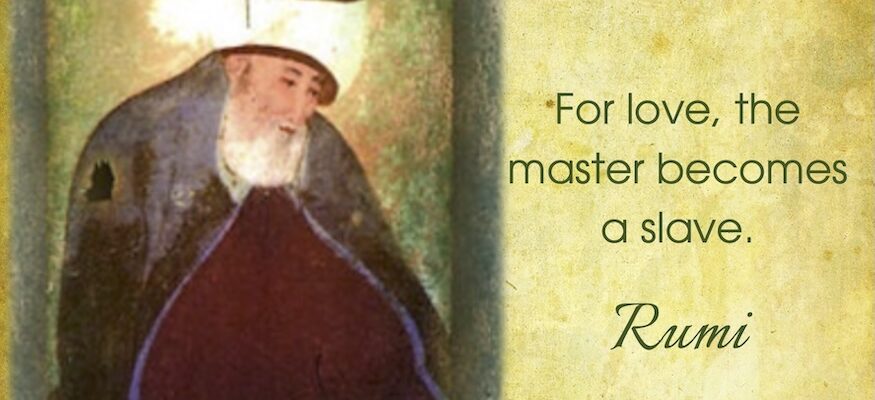
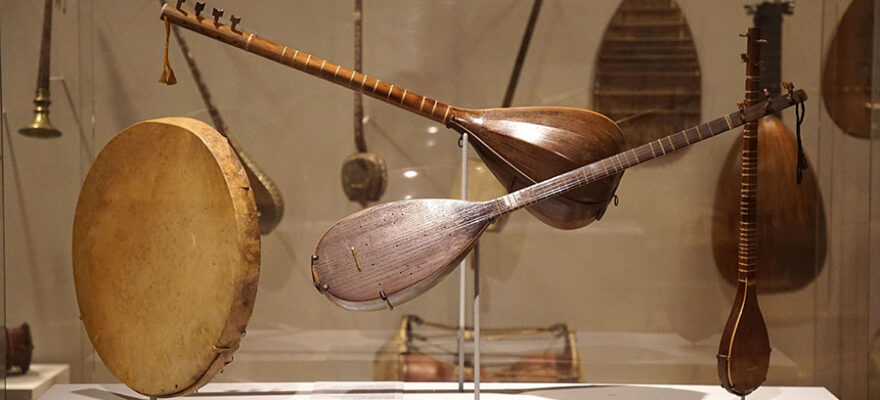

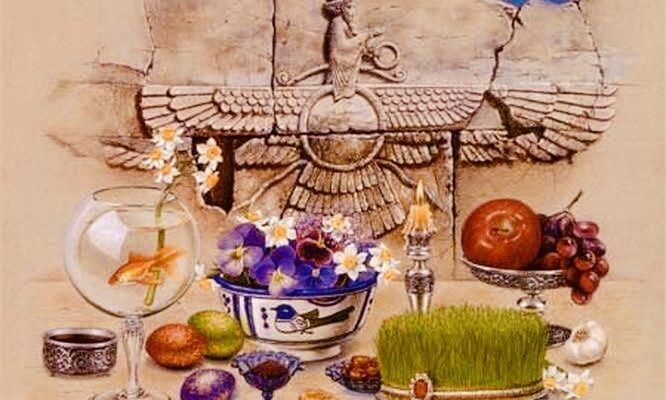

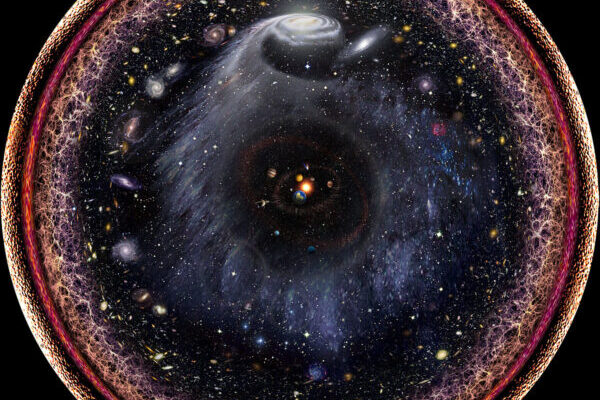
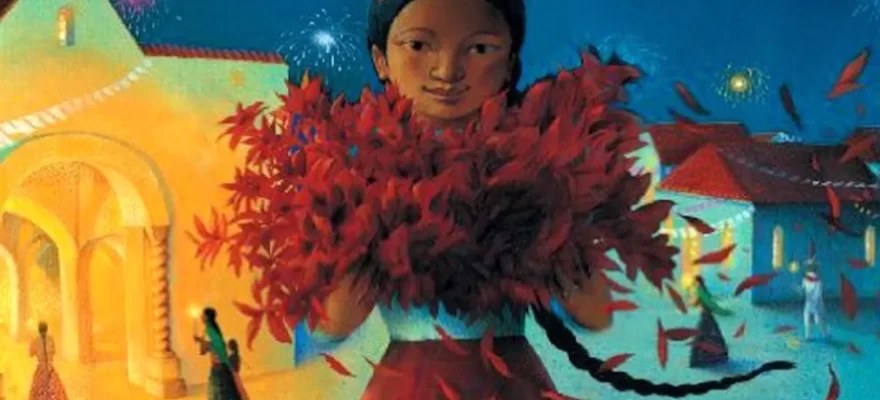

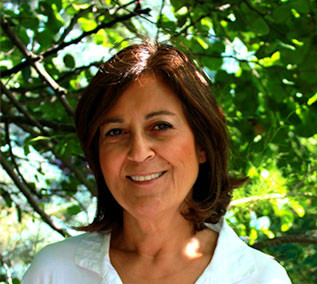




Social Profiles